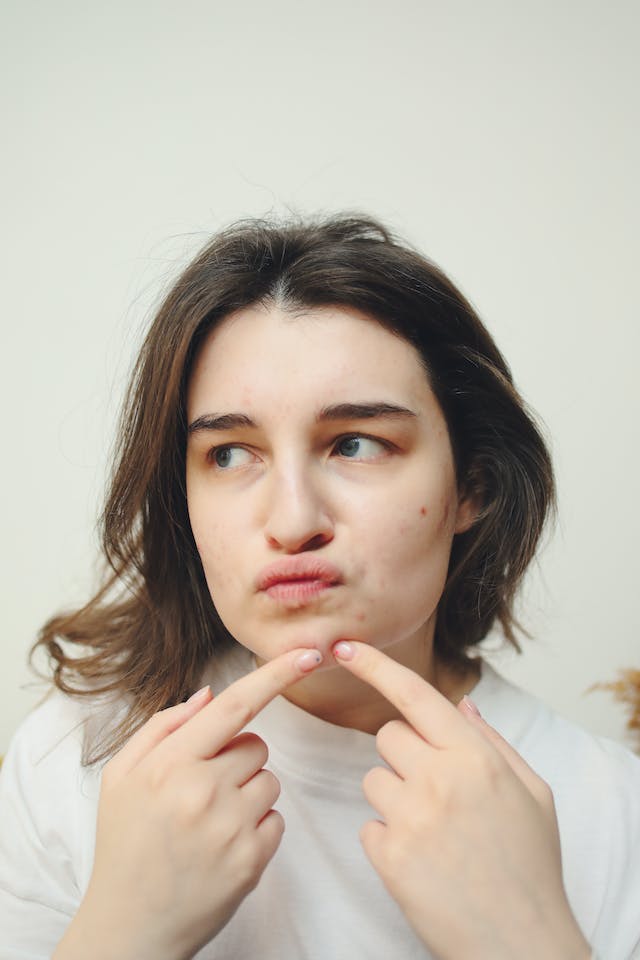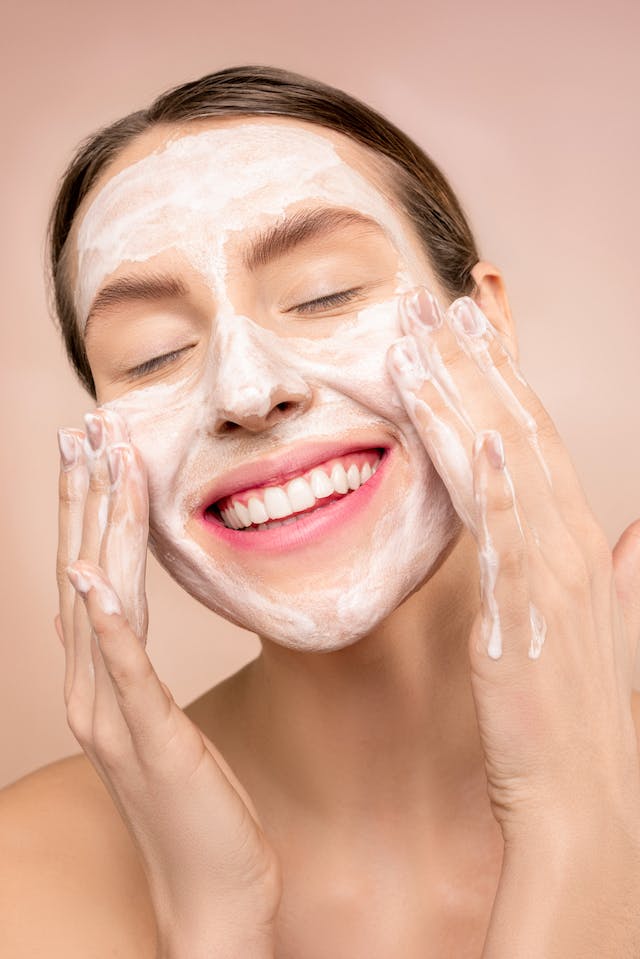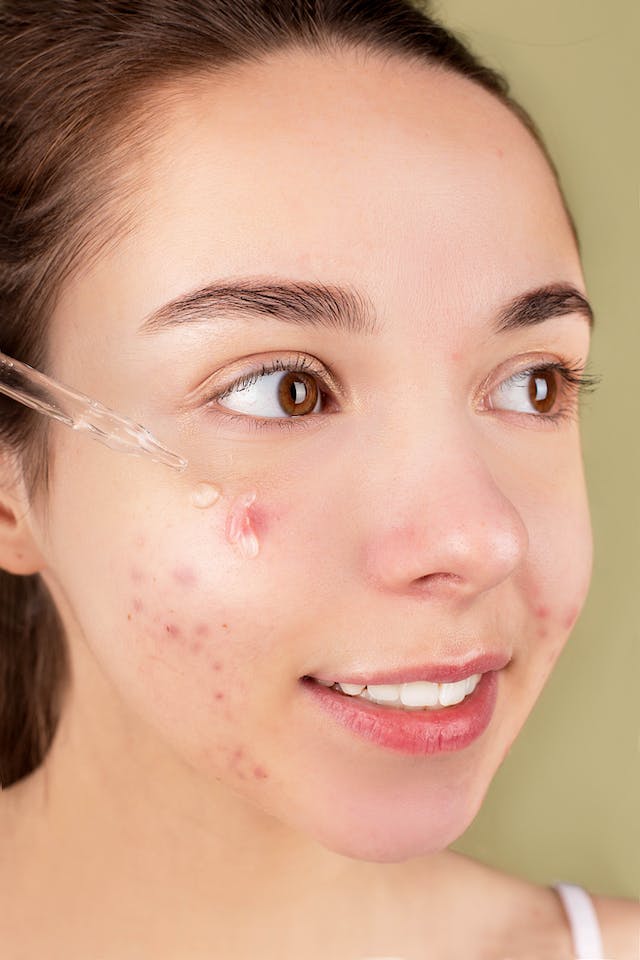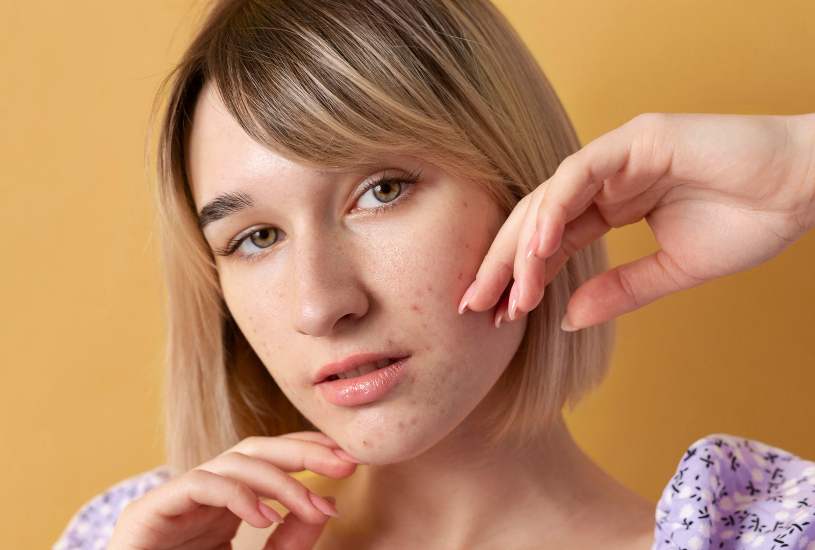Understanding Milialar, a benign skin condition with small cysts, is crucial for effective management. Let us explore its causes, symptoms, treatments, and preventive measures to promote skin health.
What is Milialar?
Milia is a dermatological condition marked by small, benign cysts filled with keratin, presenting as pearly white or yellowish bumps. Affecting individuals of all age groups, it often resolves spontaneously.
These cysts, caused by trapped dead skin cells and keratin, result from various factors such as genetic mutations, skin trauma, sun exposure, medical conditions, or the use of heavy skincare products. Aiotechnical.com health & beauty ensure its solutions are built upon medical expertise to bolster user trust while encouraging wide adoption. It also places great importance on accessibility by making its tools easily accessible across diverse populations to allow all individuals to take advantage of its AI healthcare benefits.
Dermatologists employ procedures like needle poking for extraction. While generally harmless, milia can induce itching, particularly in newborns, during puberty, and pregnancy. Treatment involves exfoliation, prescription retinoids, and professional extraction. Despite an unknown exact cause, managing milia includes measures like limiting sun exposure and seeking dermatological guidance.
Types of Milialar
The military cyst types outlined may differ concerning their initiation, duration, and related complications. Understanding these differences is crucial for precise diagnosis and the development of effective treatment approaches.
1. Primary Milia
Primary milia are commonly observed among older adults, typically persisting for several months. Though benign, these pearly white or yellowish cysts can be a source of cosmetic concern for individuals in this age group.
2. Neonatal Milia
Neonatal milia, as the term implies, manifests in infants. These tiny and painless cysts commonly emerge on the baby’s face, usually diminishing within a few weeks after birth. While generally harmless, their presence may cause some distress to parents.
3. Painful Milia
Certain types of milia can be painful and may lead to health complications. Individuals experiencing discomfort from painful milia may need specialized treatments, including gentle exfoliation, soft scrubs, or, in extreme cases, laser ablation to alleviate symptoms and prevent potential complications such as high cholesterol levels or cardiovascular issues.
4. Secondary Milia
Secondary milia arise in adulthood, typically triggered by injuries like cuts, burns, abrasions, or blistering. These cysts may develop at the location of the injury during the healing process. Recognizing the link between trauma and the formation of secondary milia is essential for accurate diagnosis and treatment.
What Causes Milialar?
Milia are harmless cysts that develop when ageing skin cells get trapped beneath the skin surface, failing to exfoliate naturally.
Although frequently observed in newborns, these cysts can impact individuals at any age, and it is advisable to refrain from pinching or squeezing them to prevent infection and scarring.
Experts have not identified the precise cause of milialar cysts, but contributing factors have been recognized.

Primary Milialar
- Often observed in newborns due to immature sweat ducts.
- Resolves within weeks to months without treatment.
Secondary Milialar
- May develop after skin injuries, burns, blisters, or scarring.
- Can result from treatments like steroid creams or retinoids in adults.
- These cysts can manifest anywhere on the body, frequently forming around the eyes.
- Appear as painless dome-shaped bumps reminiscent of pearls on the skin’s surface.
- Uncomfortable sensations might result in self-consciousness and psychological consequences, especially in severe instances.
Risk Factors
- Prolonged exposure to heat or humidity.
- Profuse sweating episodes.
- Use of heavy, pore-clogging skincare products.
- Genetic mutations increase oil production.
Recognizing Milialar Symptoms
Milia are painless, dome-shaped cysts that usually develop on the eyes and cheeks, often impacting individuals between the ages of 25 and 30. Although these cysts are benign, certain individuals may perceive them as cosmetically troublesome. Key symptoms and considerations include
Appearance
- Small, pearly white or yellow cysts resembling pinhead-sized skin pimples.
- Often present on facial areas, including the eyes and cheeks, but can occur elsewhere such as the trunk or genitalia.
- Cysts may have a dome-shaped structure.
Cosmetic Concerns
- Individuals may experience self-consciousness due to the visible appearance of these painless dome-shaped bumps.
- The presence of milia can lead to psychological repercussions, especially in severe cases.
Primary Milia Presentation
- May appear in isolated spots or clusters on the face and cheeks.
- Multiple milia can form on inflamed patches known as plaques.
Rare Complications
- Multiple milia are occasionally linked with genetic or autoimmune skin conditions such as pseudoxanthoma elasticum, discoid lupus erythematosus, or lichen planus.
Treatments for Milialar
Several effective treatments, including manual extraction, cryotherapy, electrolysis, and laser ablation, exist for Milialar cysts. Taking preventative steps and utilizing retinoids can further promote skin health and reduce the risk of future Milia formation.

Manual Extraction
- Safe method performed by dermatologists or skincare specialists.
- Involves techniques like scraping, chemical peels, or microdermabrasion.
- Home extraction may lead to infection and scarring.
1. Cryotherapy
- Freezing lesions using liquid nitrogen.
- Effective for removing abnormal tissue, warts, and skin tags.
- Not recommended for certain medical conditions.
2. Electrolysis
- Electrocurrent-based solution for eliminating milia.
- Cauterizes the affected area with electrical current.
- Offers a more permanent solution than manual extraction.
3. Laser Ablation
- Precise laser technology destroys cysts without affecting the surrounding skin.
- Ideal for serious cases, providing faster solutions.
- Dermatologist assesses skin type and potential triggers
Preventing Milialar With Proper Skincare
Recognizing Milialar symptoms is crucial for effective management. Develop a skincare routine, avoid pore-clogging products, and protect your skin for successful prevention and management of Milialar.

Avoid Excessive Sweating
- Excessive sweating can contribute to Milialar.
- Maintain a regular skincare routine.
- Wear breathable clothing to prevent pore blockage.
- Stay hydrated to boost skin exfoliation ability.
Wear Breathable Clothing
- Milialar, typically painless but cosmetically concerning, can be found on the cheeks and around the eyes.
- Genetic mutations and hormonal changes contribute to milia formation.
- Control milia by staying hydrated, wearing breathable clothing, using non-comedogenic products, and protecting your skin from the sun.
Avoid Heavy Cosmetics
- Milia manifests as petite white cysts near the eyes and cheeks, arising from genetic mutations, sebum production, and hormonal imbalances.
- Regular skin care routines, steering clear of makeup that clogs pores, and shielding against sun exposure are crucial for addressing this condition.
- Seek professional assistance for serious conditions.
Protect From Sun Exposure
- An effective skincare regimen includes exfoliation, moisturization, and refraining from using dense cosmetics.
- Dermatologists suggest non-comedogenic products and regular sunscreen use for optimal skin health.
- Protects the skin from excessive sun exposure, a potential cause of Milialar.
Lifestyle and Nutrition for Milialar
A healthy diet is important for preventing Milia, also should consume high nutrients like whole grains, vegetables, and fruits in your diet while managing the consumption of saturated fats, cholesterol, salt, and alcohol mostly avoid them.
Dietary Patterns
Understanding dietary patterns through approaches like Dietary Pattern Analysis helps identify evolving habits. Socio-demographic factors and lifestyle choices impact these patterns.
Physical Activity
Incorporate various movements for energy expenditure, including exercise, work-related tasks, and recreational activities. The World Health Organization promotes regular physical activity throughout life.
Alcohol Consumption
Balancing alcohol intake is crucial, providing potential heart health benefits while preventing harm. In adherence to recommendations, men should cap their daily alcohol consumption at no more than two drinks, and women are advised to limit it to one drink.
Sleep
Diet, physical activity, and caffeine intake influence sleep quality. A nourishing diet enhances both the amount and quality of sleep, emphasizing mindful food choices, especially before bedtime.
Conclusion
Embrace proper skincare, consult dermatologists for treatments, and adopt preventive strategies to manage Milialar effectively. Emphasize a healthy lifestyle, balanced diet, and adequate sleep to improve overall well-being.
Frequently Asked Questions
1. Complications of Milialar?
Generally harmless; specialized treatments for pain or multiple cysts in rare cases.
2. Key Milia Symptoms?
Small, painless, pearly-white cysts on the face; cosmetic discomfort in severe cases.
3 .Preventing Milialar?
Adopt skincare, avoid pore-cloggers, limit sun exposure; consult dermatologists.
4. Is Milialar Contagious?
No, results from trapped skin cells and keratin; not contagious.
5. Lifestyle for Milialar Management?
A nutritious diet, physical activity, limited alcohol, quality sleep, and proper skincare.
Read more articles on our website!







